Rubber moulded parts for the Marine industry
Navigating the Seas with Confidence: Exploring the Advantages of Rubber Moulded Parts in the Marine Industry
Do you ever wonder how the marine industry manages to sail through rough waters with confidence? The answer lies in the advantages of rubber moulded parts. In this article, we will delve into the world of rubber moulded parts and explore how they play a crucial role in navigating the seas.
Rubber moulded parts offer numerous benefits to the marine industry, including durability, flexibility, and resistance to harsh environments. Whether it's seals, gaskets, or custom-made components, rubber moulded parts provide reliable solutions that withstand the demanding conditions of the sea. From commercial ships to recreational vessels, manufacturers and engineers rely on these specialised parts to ensure smooth operations and prevent costly downtime.

Advantages of Rubber Moulded Parts in the Marine Industry
Rubber moulded parts have become an indispensable component in the marine industry due to their exceptional advantages. Some of the key benefits they offer include:
Durability and Resilience
In the unforgiving environment of the sea, durability is paramount. Rubber moulded parts are renowned for their ability to withstand extreme weather conditions, UV exposure, and saltwater corrosion. The inherent properties of rubber, such as high tensile strength and excellent tear resistance, make it an ideal material for marine applications.
Furthermore, rubber moulded parts have excellent resistance to abrasion, ensuring they can withstand the constant wear and tear caused by the movement of water, debris, and other external forces. This durability translates into longer service life and reduced maintenance costs for marine equipment.
Flexibility and Shock Absorption
The unpredictable nature of the sea requires materials that can flex and absorb shocks effectively. Rubber moulded parts excel in this aspect, thanks to their inherent flexibility and shock-absorbing properties. These parts can withstand heavy impacts and vibrations, reducing the risk of damage to equipment and ensuring smooth operations even in rough seas.
The ability of rubber moulded parts to absorb vibrations also plays a vital role in reducing noise levels. Excessive noise in marine environments can not only be disruptive to crew members but can also disturb marine life. Rubber components help to dampen vibrations and reduce noise pollution, creating a quieter and more comfortable environment for everyone on board.
Excellent Sealing Properties
Sealing is crucial in the marine industry, where equipment and compartments need to be protected from water ingress. Rubber moulded parts, such as seals and gaskets, provide excellent sealing properties that prevent leaks and maintain the integrity of various systems and components.
Rubber's natural elasticity allows these parts to conform to irregular surfaces, ensuring a tight and secure seal. This is particularly important in applications such as hatches, windows, and pipe connections, where a reliable seal is vital to prevent water from entering critical areas.
Customisation and Versatility
Each marine vessel has unique requirements and specifications, necessitating customised solutions. Rubber moulded parts offer unparalleled versatility, allowing for precise customisation to meet specific needs. Manufacturers and engineers can choose from a wide range of rubber materials, hardness levels, and designs to ensure a perfect fit for their applications.
Moreover, rubber moulded parts can be moulded into complex shapes and sizes, enabling them to fit seamlessly into intricate marine equipment. This versatility has made rubber the go-to material for a wide range of marine applications, including propulsion systems, steering mechanisms, and electrical enclosures.
Resistance to Harsh Environments
The marine environment poses numerous challenges, including exposure to saltwater, extreme temperatures, and harsh chemicals. Rubber moulded parts are specifically formulated to withstand these harsh conditions. They are resistant to corrosion caused by saltwater, oils, and fuels, ensuring their longevity even in the most corrosive marine environments.
Additionally, rubber moulded parts have excellent resistance to UV radiation, which is abundant at sea. This resistance prevents degradation and ensures that the parts maintain their integrity and performance over time, even when exposed to prolonged sunlight.
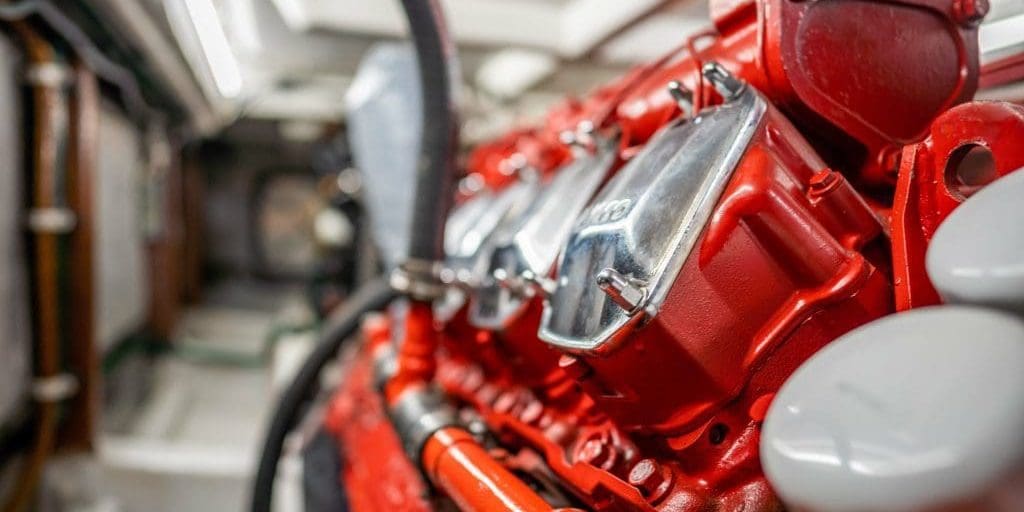
5 Types of Rubber Materials Used in Marine Applications
Rubber moulded parts for the marine industry are typically made from specialised rubber compounds that are specifically formulated to withstand the unique challenges of the sea. Here are some of the most commonly used rubber materials in marine applications:
1. Neoprene Rubber
Neoprene rubber is widely used in marine applications due to its exceptional resistance to weathering, UV radiation, and seawater. It has excellent durability and maintains its properties over a wide temperature range, making it suitable for both cold and warm climates. Neoprene rubber is commonly used in seals, gaskets, and hoses for various marine systems.
2. Nitrile Rubber
Nitrile rubber, also known as NBR, is another popular choice for marine applications. It exhibits excellent resistance to oils, fuels, and chemicals, making it ideal for sealing applications in fuel systems, engines, and hydraulic systems. Nitrile rubber is highly durable and has good mechanical properties, allowing it to withstand the demanding conditions of the marine environment.
3. EPDM Rubber
EPDM rubber is prized for its outstanding resistance to weathering, ozone, and UV radiation. It is commonly used in marine applications that require excellent sealing properties, such as window seals, hatch gaskets, and electrical enclosures. EPDM rubber maintains its flexibility and performance over a wide temperature range, making it suitable for both hot and cold marine environments.
4. Silicone Rubber
Silicone rubber is known for its excellent heat resistance and flexibility. It can withstand extreme temperatures without losing its elasticity or deteriorating. Silicone rubber is often used in marine applications that require high-temperature sealing, such as exhaust systems, engine components, and electrical connectors. Its resistance to UV radiation and ozone also makes it a reliable choice for outdoor marine applications.
5. Viton Rubber
Viton rubber is a specialty rubber material that offers exceptional resistance to chemicals, fuels, and oils. It is commonly used in marine applications that involve exposure to aggressive substances, such as fuel tanks, fuel lines, and chemical storage systems. Viton rubber maintains its integrity and sealing properties even in the presence of harsh chemicals, making it an invaluable material for marine equipment.
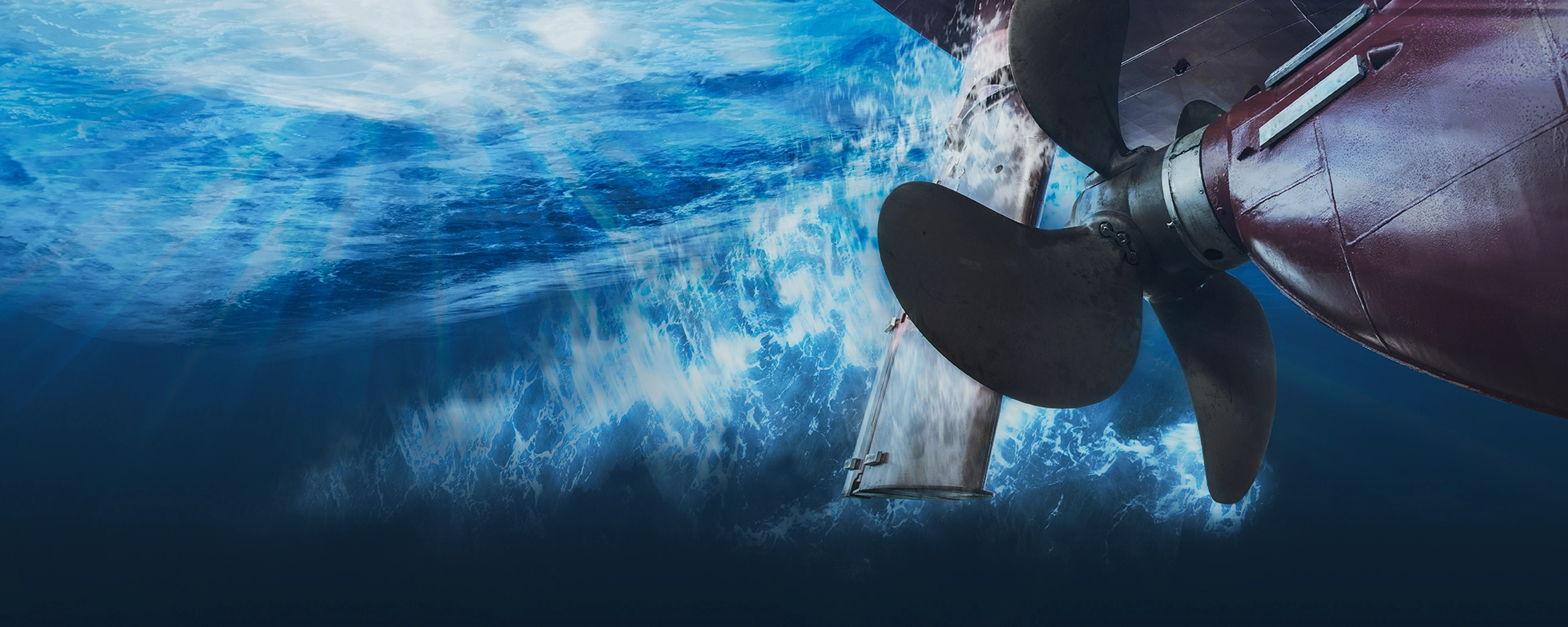
Applications of Rubber Moulded Parts in the Marine Industry
Rubber moulded parts find extensive applications in the marine industry, where their unique properties and customisation options allow for reliable and efficient solutions. Let's explore some of the key applications of rubber moulded parts in the marine industry:
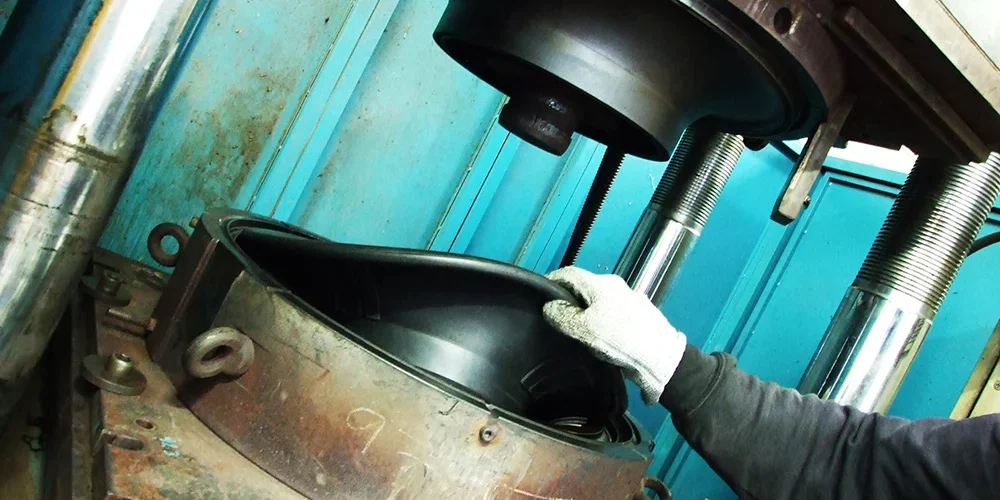
Seals and Gaskets
Seals and gaskets are essential components in marine equipment, ensuring watertight seals and preventing leaks. Rubber moulded seals and gaskets are used in various applications, including hatches, windows, doors, and pipe connections. Their ability to conform to irregular surfaces and provide a tight seal helps maintain the integrity of critical compartments and systems.
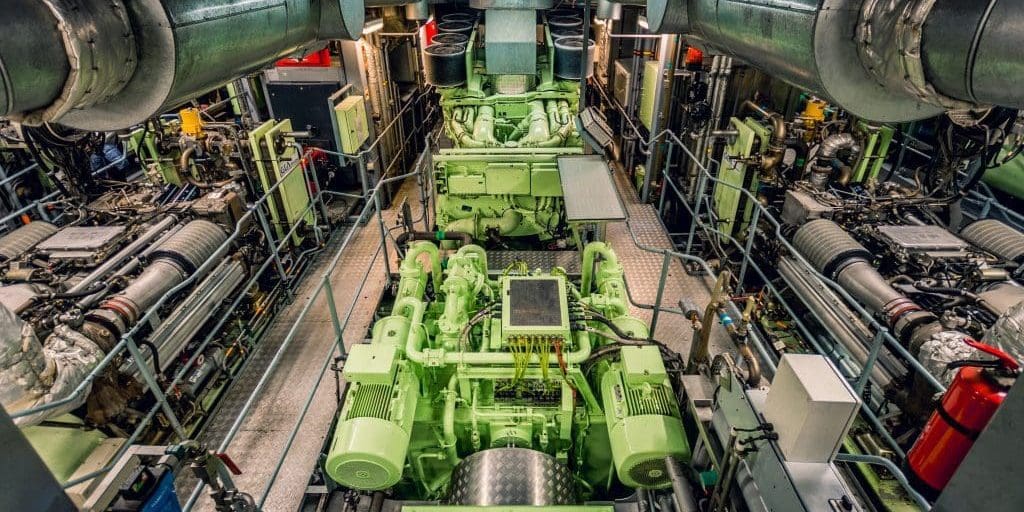
Propulsion Systems
Rubber moulded parts play a crucial role in marine propulsion systems, where they contribute to the smooth and efficient operation of engines and propellers. Engine mounts made of rubber absorb vibrations and shocks, reducing noise and preventing damage to the engine and surrounding components. Rubber couplings and vibration isolators further enhance the performance and longevity of marine propulsion systems.
Electrical Enclosures
Electrical equipment on board marine vessels is subjected to challenging conditions, including moisture, vibrations, and temperature fluctuations. Rubber moulded parts, such as cable seals, grommets, and enclosures, provide protection and insulation for electrical connections and components. They ensure the safety and reliability of electrical systems, preventing water ingress and damage caused by environmental factors.
Steering and Control Systems
Rubber moulded parts are integral to steering and control systems in marine vessels, enabling smooth and precise maneuverability. Seals and gaskets in hydraulic steering systems prevent leaks and ensure optimal performance. Rubber components, such as bellows and boots, protect steering mechanisms from debris, water, and contaminants, extending their service life and reliability.
HVAC Systems
Heating, ventilation, and air conditioning (HVAC) systems in marine vessels require robust components that can withstand the corrosive effects of saltwater and provide effective sealing. Rubber moulded parts, such as grommets and seals, are used in HVAC systems to maintain airtight seals, prevent leaks, and ensure efficient air circulation. These parts contribute to the comfort and safety of crew members and passengers on board.

Key Considerations when Choosing Rubber Moulded Parts for Marine Applications
When selecting rubber moulded parts for marine applications, several key considerations must be taken into account. These factors ensure that the chosen parts can withstand the demanding conditions of the marine environment and meet the specific requirements of the application. Here are some important factors to consider:
Material Compatibility
The chosen rubber material must be compatible with the specific marine environment and the substances it will come into contact with. Factors such as saltwater, fuels, oils, chemicals, and UV radiation should be considered when selecting the appropriate rubber compound. Choosing a material with the right resistance properties ensures optimal performance and longevity of the rubber moulded parts.
Temperature Range
Marine environments can experience extreme temperature fluctuations, ranging from freezing cold to scorching heat. It is crucial to select rubber moulded parts that can withstand the temperature range of the intended application. Rubber materials with a wide temperature tolerance are ideal to ensure consistent performance in varying climate conditions.
Design and Customisation
Each marine application has unique design requirements, necessitating customised solutions. The ability to customise rubber moulded parts is essential to ensure a perfect fit and optimal performance. Working closely with experienced manufacturers and engineers allows for the design and production of rubber moulded parts that meet the specific requirements of the marine application.
Regulatory Compliance
The marine industry is subject to various regulatory standards and certifications to ensure safety and reliability. It is essential to choose rubber moulded parts that comply with relevant industry standards, such as those set by classification societies. Compliance with these standards ensures that the parts meet stringent quality and performance requirements, giving ship owners and operators peace of mind.
Supplier Experience and Quality Assurance
Choosing a reputable supplier with extensive experience in the marine industry is paramount. A reliable supplier will have the expertise to provide high-quality rubber moulded parts that meet the specific needs of the marine application. Look for suppliers who have a proven track record, offer comprehensive quality assurance processes, and can provide references or case studies demonstrating their success in the marine industry.
By considering these factors, marine industry professionals can select the right rubber moulded parts that offer optimal performance, longevity, and reliability in their specific applications.
How to Source A High-Quality Rubber Moulded Parts Manufacture for Marine Applications
Sourcing high-quality rubber moulded parts for marine applications is crucial to ensure optimal performance, reliability, and longevity. Here are some steps to consider when searching for reputable suppliers of rubber moulded parts:
Research and Shortlisting
Start by researching and shortlisting suppliers that have a strong reputation in the marine industry. Look for suppliers with extensive experience in manufacturing rubber moulded parts for marine applications and a proven track record of delivering high-quality products.
Quality Assurance Processes
Evaluate the quality assurance processes employed by prospective suppliers. Reputable suppliers should have comprehensive quality control measures in place to ensure that their products meet the highest standards. Look for suppliers who are ISO certified and adhere to relevant industry standards and certifications.
Customisation Capabilities
Consider the customisation capabilities of the suppliers. Marine applications often require bespoke solutions to meet specific requirements. Choose suppliers who can work closely with you to design and manufacture custom rubber moulded parts that fit your exact specifications.
Material Expertise
Assess the suppliers' expertise in rubber materials and their suitability for marine applications. Knowledgeable suppliers will be able to recommend the most appropriate rubber compounds based on your specific requirements, taking into account factors such as temperature range, chemical resistance, and UV exposure.
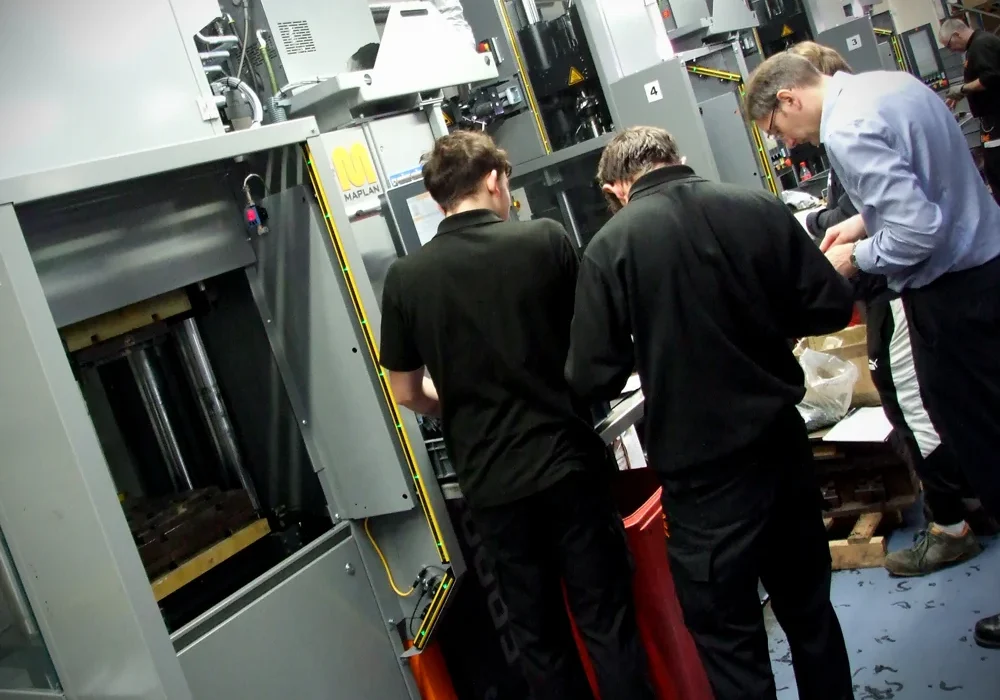
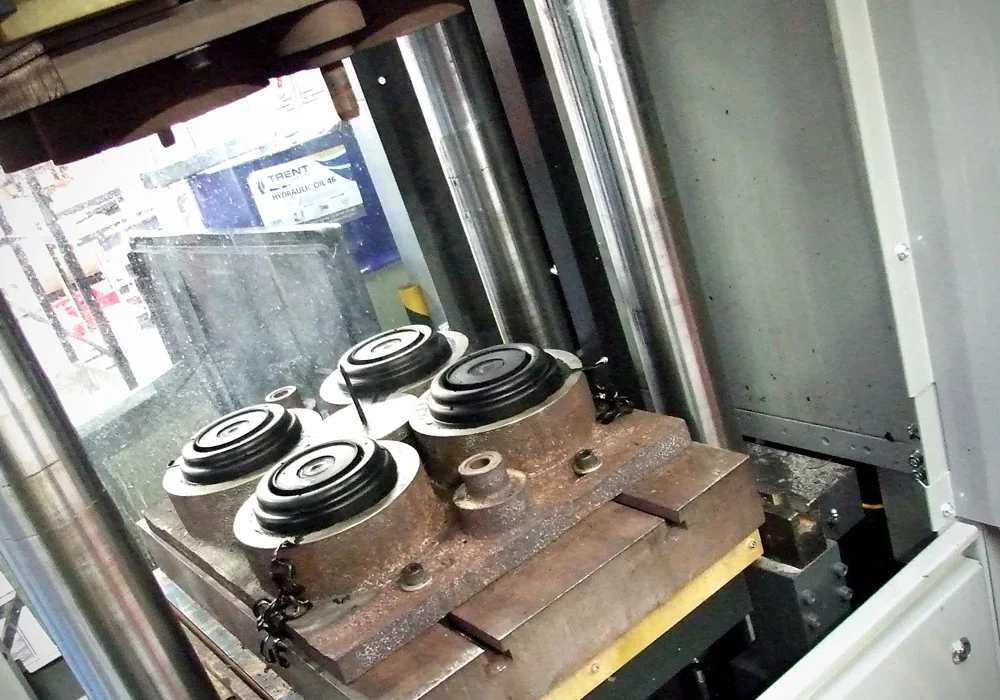
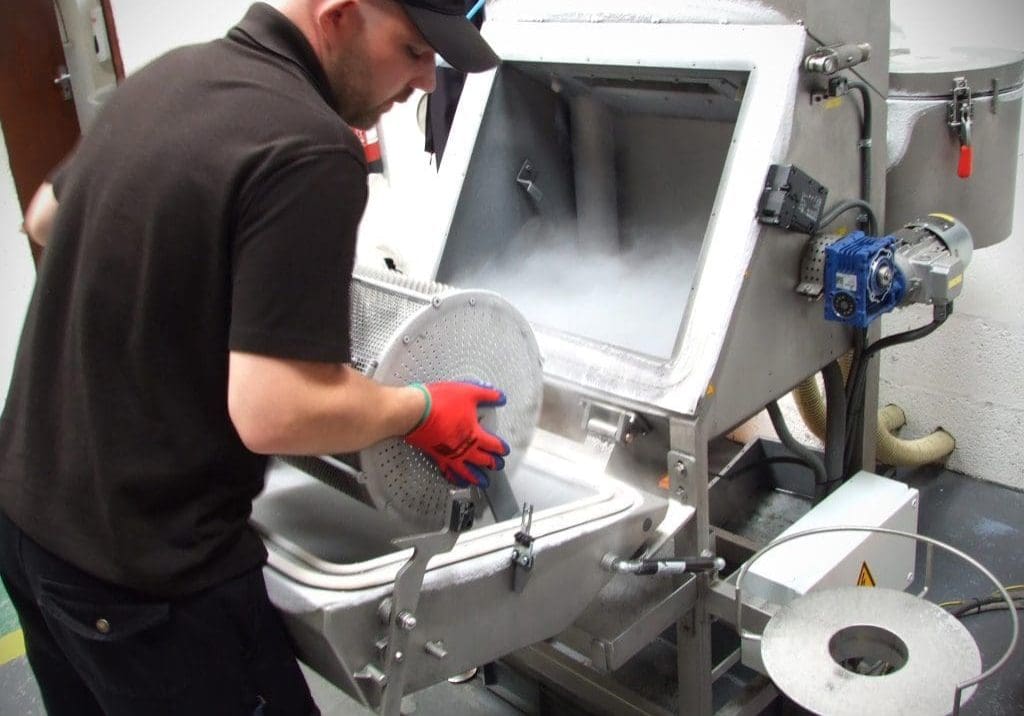
By following these steps, you can confidently select a reputable supplier of high-quality rubber moulded parts for your marine applications.
Maintenance and Care of Rubber Moulded Parts in the Marine Industry
Proper maintenance and care of rubber moulded parts are essential to ensure their longevity and optimal performance in the marine industry. Here are some important maintenance practices to consider:
Regular Inspection and Cleaning
Regularly inspect rubber moulded parts for signs of wear, damage, or degradation. Look for cracks, tears, or swelling, as these can indicate the need for replacement. Clean the parts using a mild soap solution and a soft brush or cloth to remove dirt, debris, and salt residue. Avoid using harsh chemicals or abrasive materials that can damage the rubber.
Replacement and Upgrades
Monitor the performance of rubber moulded parts and replace them as needed. Over time, rubber can lose its elasticity and sealing properties, compromising their effectiveness. Consider upgrading to newer materials or designs if technological advancements offer improved performance or longevity.
By following these maintenance practices, you can maximise the lifespan and performance of rubber moulded parts in the marine industry, reducing the risk of equipment failure and costly downtime.
Future Trends and Innovations in Rubber Moulded Parts for the Marine Industry
The marine industry is constantly evolving, driven by technological advancements and the need for more efficient and sustainable solutions. Rubber moulded parts are no exception, with ongoing developments and innovations that aim to enhance their performance and address emerging challenges. Here are some future trends and innovations to watch for in the marine industry:
Eco-Friendly Rubber Compounds
Sustainability is a growing concern in the marine industry, driving the demand for eco-friendly solutions. Future rubber moulded parts may incorporate recycled rubber materials or utilise environmentally friendly manufacturing processes. The development of bio-based rubber compounds is also a promising avenue, offering renewable alternatives to traditional rubber materials.
Advanced Sealing Technologies
As marine vessels become more advanced and complex, sealing technologies must keep pace to ensure watertight integrity. Future rubber seals and gaskets may incorporate advanced materials, such as nanocomposites, to provide superior sealing properties and resistance to extreme conditions. Innovations in sealing technology may also focus on self-healing materials that can repair minor damage or leaks.
Smart Rubber Components
The rise of the Internet of Things (IoT) and connectivity in the marine industry opens up possibilities for smart rubber components. Future rubber moulded parts may incorporate sensors or embedded technology to monitor performance, detect faults, or provide real-time data on conditions such as temperature, pressure, or vibration. This data can be used for predictive maintenance, improving operational efficiency and reducing downtime.
Enhanced Material Properties
Ongoing research and development efforts aim to enhance the properties of rubber materials used in marine applications. Future rubber compounds may exhibit improved resistance to extreme temperatures, better chemical resistance, and enhanced durability. These advancements will enable rubber moulded parts to withstand even harsher marine environments and extend their service life.
The future of rubber moulded parts in the marine industry is exciting, with a focus on sustainability, advanced sealing technologies, smart components, and enhanced material properties. These innovations will continue to empower the marine industry, allowing for safer, more efficient, and environmentally friendly operations.
Conclusion: Embracing the Benefits of Rubber Moulded Parts in the Marine Industry
Rubber moulded parts are indispensable in the marine industry, providing durability, flexibility, and excellent sealing properties that enable ships of all sizes to navigate the seas with confidence. From seals and gaskets to custom-made components, rubber moulded parts offer reliable solutions that withstand the demanding conditions of the marine environment.
The advantages of rubber moulded parts in the marine industry are numerous, including their durability, flexibility, shock absorption, and resistance to harsh environments. They contribute significantly to the performance, safety, and efficiency of marine equipment, from propulsion systems to electrical enclosures.
When choosing rubber moulded parts for marine applications, it is important to consider factors such as material compatibility, temperature range, design customisation, regulatory compliance, and supplier experience. Working with reputable suppliers and following proper maintenance practices ensures the longevity and optimal performance of rubber moulded parts in the marine industry.
The future of rubber moulded parts in the marine industry holds exciting possibilities, with trends and innovations focusing on sustainability, advanced sealing technologies, smart components and enhanced material properties. These advancements will drive the marine industry forward, enabling safer, more efficient, and environmentally friendly operations.
Understanding the advantages of rubber moulded parts empowers the marine industry to navigate the seas with utmost reliability, durability, and performance. Embrace the benefits of these specialised parts and discover the difference they can make in the challenging world of marine operations.
At SRM we have been producing Rubber moulded parts for the Marine industry for over 40 years.
From injection-moulded gaskets for speedboats, to watertight seals for submarines, our knowledge and experience in the marine industry is second-to-none.
Products we make include:
- Boat Seals
- Submarine Seals
- Bespoke Fenders
- Buffers
- Injection Moulded Gaskets
We can produce both injection-moulded and compression-moulded parts, depending on volumes required.
We offer a repair and replace compression moulding service for obsolete or worn parts and our gasket department also produces bespoke gasket seal for the marine industry.
For more information please contact one of our experts today.
